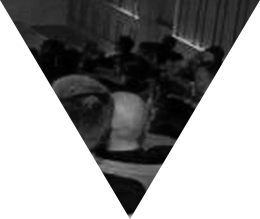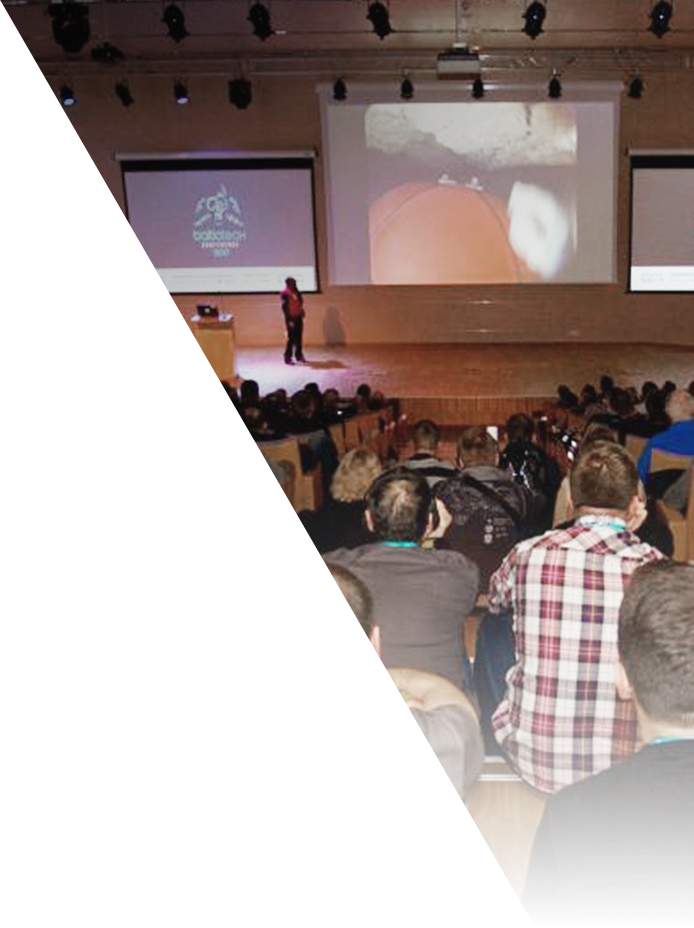Benedykt Hac - Former Head of the Department of Operational Oceanography and the R/V IMOR floating laboratory at the Maritime Institute in Gdansk.
Currently Scientific Manager of the NCBiR project entitled "Development of a unique in the world innovative technology for localization, extraction and disposal of sunken CWs, using a mobile floating installation" Graduate of the Naval Academy, connected with the sea for 37 years.
A class A international hydrographer. From 1982 to 2000 he worked on the hydrographic ship ORP "Hevelius".
For 10 years he was commander of this ship. In 2000 he retired from the reserves with the rank of lieutenant commander. Captain of the research ships "Doktor Lubecki" and "Imor".
He is certified as a captain of seagoing ships with a displacement of up to 3000GT. For 12 years, Dr. Eng. Hac headed a research project entitled "Monitoring of seabed contamination in wreck areas," which covered a total of 24 wrecks lying mainly in pollution-sensitive waters, such as the Gulf of Gdansk, including the Stuttgart and Franken (together with the MARE Foundation).
Since the beginning of his hydrographic career, he has been strongly interested in the search and exploration of wrecks not only in Polish waters.
In 2008, he led an expedition to find the wreck of the submarine ORP "Orzeł" in the North Sea, in June 2011 he organized and led an archaeological and salvage expedition in the Baltic Sea, titled : Gnane przez wiatr ' ( " Chased by the wind " ), which ended with the examination of two 18th century wooden wrecks and the raising of 12 cast iron cannons.
Co-organizer of all 9 Santi Odnaleźć Orła expeditions.
Member of the Association of Marine Hydrographers of the Republic of Poland and the Polish branch of The Explorers Club.


